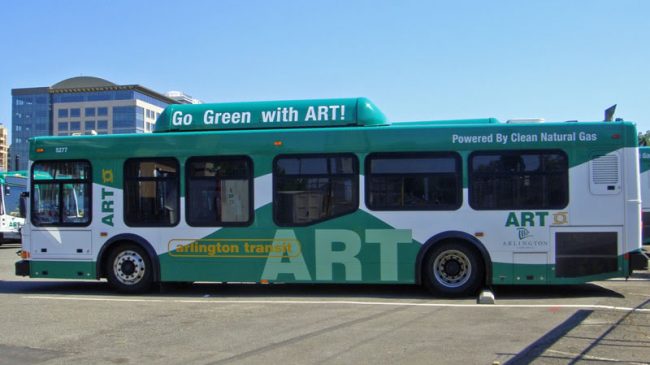Determining whether to build bus rapid transit (BRT) or light rail transit (LRT) requires analysis of both the up-front costs as well as those that will incur with future maintenance and operation. For the past twenty years, there has been debate about the merits of both systems and the political will behind each. But on costs there is no debate; both the capital and operational costs, associated with building and maintaining a BRT system are cheaper.
A BRT line is very similar to an LRT line in that they both travel on a fixed transitway with enhanced features including wi-fi connectivity. BRT stations have other features similar to LRT stations including ticketing, loading and unloading. Many BRT lines feature traffic signal priority that provides buses with a priority “green” signal before cars. While LRT systems can accommodate more passengers, most of the prime corridors for LRT already have heavy rail or LRT. Furthermore, BRT systems are easier to design and implement.
LRT has an advantage of being able to string two or three cars together during peak hour. To meet this same load carrying capacity, BRT would need eight buses with eight drivers to arrive in fairly rapid succession. Additionally, only one driver is needed on the train compared to eight drivers for the buses. LRT might eke out a slight cost advantage here if the system is at capacity. This is the main reason why LRT is so costly for most cities-they simply do not need this capacity even at the busiest times during the day.
But BRTs have a number of advantages over LRTs. Up front capital costs are clearly greater for light rail. LRTs require an overhead catenary, new electrical infrastructure, new substations and new garages. Per mile, construction costs average between $50M and $180M for LRT; however, a very sophisticated BRT system can be built for less than $15M. A Government Accountability Office study found that, on average, LRT is 16 times more expensive to build than BRT.
Using operating costs per hour metrics, buses are less expensive to operate than light rail vehicles. According to the National Transit Database, the average bus transport is $121.87 per hour whereas the cost for the average light rail is $232.82. Eliminating Dallas, which spends a whopping three and a half times more on rail than it does on bus, moves the average to $133.49 per hour for bus and $234.14 per hour for LRT. This is why high LRT ridership is needed.
For example, a basic but new, 60-foot modern articulated bus that runs on natural gas costs about $550,000. To compete with “sexy” trains, an upgraded bus might cost nearly $700,000. A 60 foot articulated bus has a maximum capacity of about 90 passengers seated and standing. A single 96 foot train has a maximum capacity of 240 people (rarely achieved, even at peak hour), and costs about $6.5M. If three buses must be purchased over the life of one train carriage, the cost per seat would be $23,100 per seat on the bus and $27,200 on the train.
Most cities building light rail were developed after World War II around the automobile. These less dense cities need larger rail networks that cannot be economically justified.
A new BRT system might require only simple modifications to give the route a mostly dedicated transitway or a more elaborate set-up comparable to the Los Angeles Orange Line, a successful example of BRT, at the cost of only $23M per mile.
Buses have advantages other than cost. While BRT lines can be implemented in two-four years, it takes seven years to implement an LRT line. Buses can leave a dedicated guideway and transport people to local neighborhoods. BRTs can also shift their route if development patterns and population demographics shift. If BRTs are wildly successful and they are economically feasible they can be upgraded to LRT
For cities a choice between an expensive LRT and a balanced budget is not necessary. BRTs enjoy many of the benefits as LRTs do as they have the ability to be just as efficient, ferry just as many people and be just as green. Moreover, buses can be just as sexy-if not sexier-than many train carriages.
